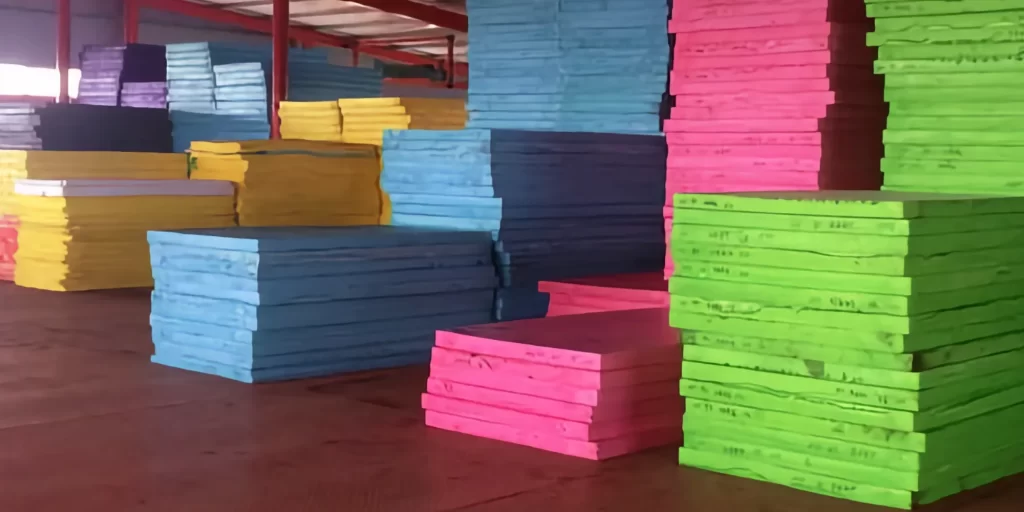In the realm of automotive safety, seat belts are paramount. While their primary function is to protect passengers during collisions, the comfort they offer is equally crucial. Enter EVA foam seat belt padding – a game-changer that combines safety with unparalleled comfort. This article delves into the world of EVA foam in seat belt padding, exploring its benefits, the manufacturing process, and its rising prominence in the automotive industry.
Introduction
Seat belts, though essential for safety, can sometimes be a source of discomfort, especially during long drives. The friction between the belt and the passenger’s body can lead to discomfort or even minor abrasions. EVA foam, known for its softness and durability, has emerged as the perfect solution to this problem, enhancing the comfort level of seat belts without compromising safety.
Why EVA Foam for Seat Belt Padding?
EVA, or Ethylene-Vinyl Acetate, is a closed-cell foam that boasts several properties making it ideal for seat belt padding:
- Softness: EVA foam is inherently soft, providing a cushioning effect between the seat belt and the passenger’s body.
- Durability: Unlike other materials that might degrade with constant friction, EVA foam retains its shape and softness over time.
- Weather Resistance: EVA foam is resistant to UV rays, ensuring that the padding doesn’t degrade due to prolonged exposure to sunlight.
- Easy Maintenance: Being water-resistant, EVA foam seat belt pads can be easily cleaned with a damp cloth.
Benefits of EVA Foam Seat Belt Padding
- Enhanced Comfort: EVA foam padding reduces the discomfort caused by seat belts, especially during long journeys.
- Safety: While providing comfort, the padding ensures the seat belt remains securely in place.
- Aesthetics: Available in various colors and finishes, EVA foam padding can enhance the car’s interior aesthetics.
- Versatility: EVA foam can be molded into various shapes, making it suitable for all types of seat belts.
Manufacturing Process
The creation of EVA foam seat belt padding involves:
- Design Phase: Using CAD tools, designers create a model of the padding tailored to fit different seat belt types.
- Molding: EVA foam pellets are heated and injected into molds to shape the padding.
- Finishing: After molding, the padding undergoes finishing processes, including trimming and quality checks.
- Packaging: The finished pads are then packaged and shipped to car manufacturers or aftermarket suppliers.
The Future of EVA Foam in Seat Belt Padding
With the automotive industry’s focus on enhancing passenger comfort without compromising safety, EVA foam’s role in seat belt padding is set to grow. As more car manufacturers recognize its benefits, EVA foam will likely become a standard feature in vehicles worldwide.
FAQ
- How do EVA foam seat belt pads compare to traditional materials?
- EVA foam offers superior softness, durability, and weather resistance compared to traditional padding materials.
- Can I add EVA foam padding to my car’s existing seat belts?
- Yes, many aftermarket suppliers offer EVA foam seat belt pads that can be easily added to existing seat belts.
- Are EVA foam seat belt pads safe?
- Absolutely! While they enhance comfort, they do not interfere with the seat belt’s primary safety function.
- How do I clean my EVA foam seat belt pad?
- EVA foam pads can be easily cleaned with a damp cloth, ensuring they remain fresh and hygienic.






